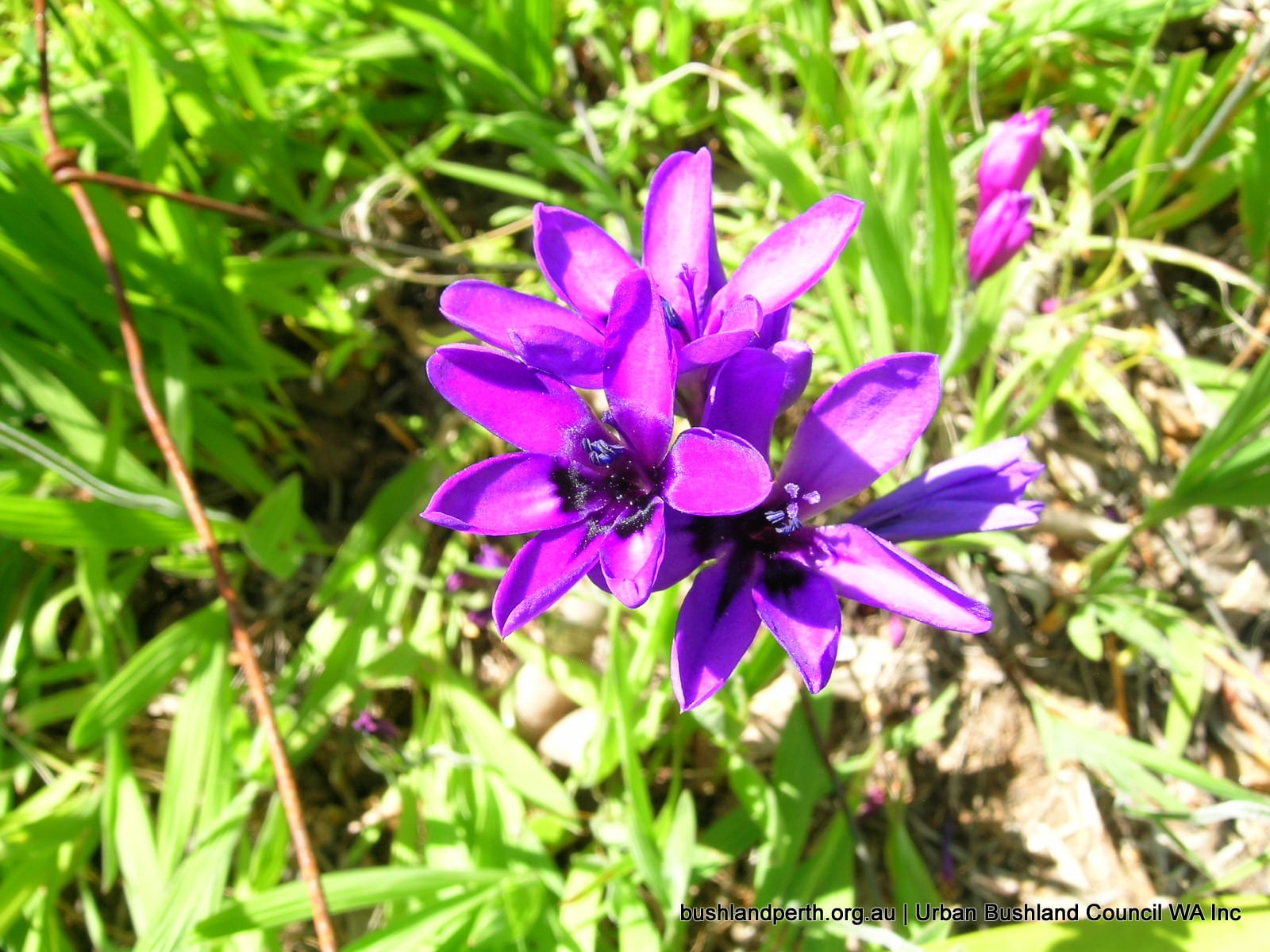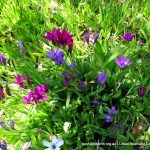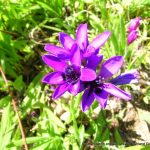Baboon Flower

Common name
Baboon Flower
Scientific Name
Babiana angustifolia
Type of plant
Bulbs or Corms
About this weed
The Baboon Flower is a cormous perennial originally introduced as a garden plant from South Africa. Flower colour ranges from white through pinkish-purple to violet. It is particularly abundant in the Perth Hills and clay based woodlands and wetlands on the Swan Coastal Plain. It is renewed annually from corms and seed.
Description
This attractive weed is another garden escapee growing to a height 0.35 m high. It produces purple-blue/white flowers in winter and early spring. The corm is annually renewed but seed is the primary method of reproduction. The seedbank in the soil persist for up to 5 years. In response to fire it can generally survive.
Impact on Bushland
If left will spread over bushland and impact on native plant communities.
Location
Found in sand, clay, loam and wet soils in the South-West Province.
Priority for removal
High: This weed is spreading rapidly and is best controlled by spot spraying during its growing months.
Management (hand)
Not available.
Management (herbicide)
Spot spray metsulfuron methyl 0.2 g/15 L + Pulse® (or 2.5 – 5g /ha + Pulse®) or 2,2 DPA 5 g/L+ Pulse®. Apply just on flowering at corm exhaustion. Read the manufacturers’ labels and material safety data sheets before using herbicides. Can be sprayed occasionally in June and July, but for optimal effect, spraying should be done in August and September.
Flowering month/s
August, September, October, November
Flower colour/s
Blue, Purple, White
Information source
https://florabase.dpaw.wa.gov.au/browse/profile/18279
Additional information
https://florabase.dpaw.wa.gov.au/weeds/swanweeds/
Hussey, B.M.J., Keighery, G.J., Dodd, J., Lloyd, S.G. and Cousens, R.D. (2007) Western weeds. A guide to the weeds of Western Australia, Second Edition, The Weeds Society of Western Australia, Victoria Park, Western Australia.


